Resources
What is Food Urbanism?
Upcoming events
You don't have access to any upcoming eventsSearch
Support

- FUI is supported by a grant from the Swiss National Science Foundation under the National Research Programme NRP 65 "New Urban Quality"
Yes to local urban agriculture – No to a temporary parking lot!!!
“Save R-URBAN, an internationally acclaimed professional and citizen initiative of resilient regeneration in Colombes, near Paris, and persuade the municipality and other authorities of the general interest of preserving this project whose main site in Colombes is currently threaten to …
+ read more
Pavillon, EPFL
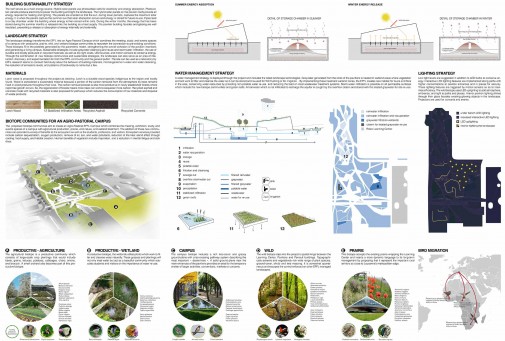
LANDSCAPE STRATEGY
The landscape strategy transforms the EPFL into an Agro-Pastoral Campus which combines the meeting, study, and events spaces of a campus with productive, prairie, wild, and wetland biotope communities to reawaken the connection to pre-existing conditions. These biotopes …
+ read more
AGRI-Culture – ville et champs, Geneva 2014
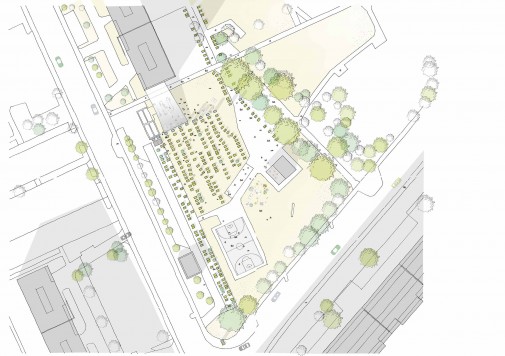
AGRI-Culture addresses three basic topics: the recovery and reclamation of water, the growing, planting, harvesting and
celebrating of food and the appropriation and animation of place.
WATER RECUPERATION
Rainwater harvesting is an essential component to successful
urban agriculture projects. …
+ read more
EARTHLING, SEEDLING – LAUSANNE JARDINS 2014
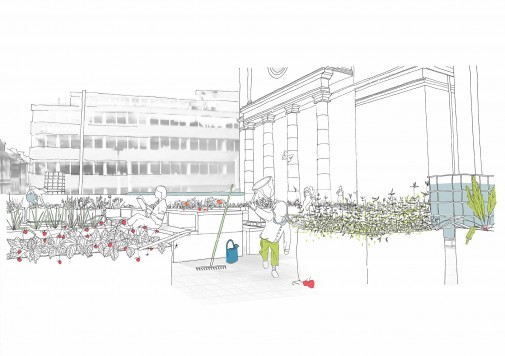
Earthling + Seedling addresses the preciousness of resources such as water and energy, the cycle of growing, planting,
harvesting and enjoying plants for food and the relationships of people and place.
WATER AND ENERGY
Water is a resource which …
+ read more
Idroponia

Idroponia in aulide
Matera. italy
A model in 1:1 scale hydroponic urban agriculture has been designed and built next to a house in the Sassi Area of Matera ( Basilicata, South Italy ). Hydroponics is a growing technique that uses …
+ read more
Chamard châtelard, Yverdon-les-bains
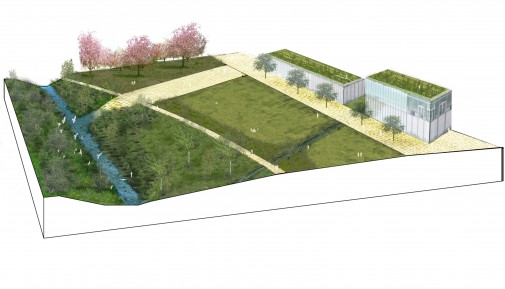
Suite à l’abandon du projet de canal Rhin-Rhône, et la disponibilité consécutive de larges espaces auparavant réservés, Agglo y a lancé un MEP visant à définir les conditions d’aménagement de ce secteur partiellement bâti situé aux portes de la ville, …
+ read more
Les Parties, Yverdon-les-bains
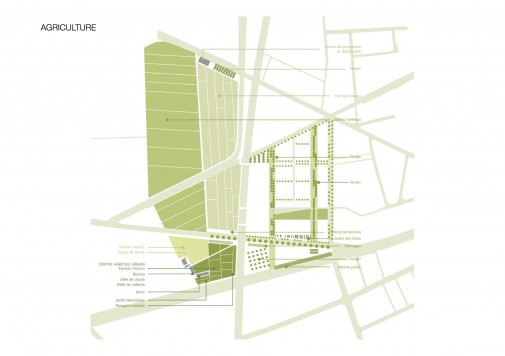
L’équipe pluridisciplinaire pour Les Parties, pilotée par Urbaplan avec la participation de VWA pour la thématique paysage, a abordé l’urbanisation d’un espace actuellement agricole, pris entre la frange urbaine existante et le viaduc. Le programme prévu pour ce secteur inclut …
+ read more
Evaluation du potentiel d’aménagement de serres sur les toits à Genève
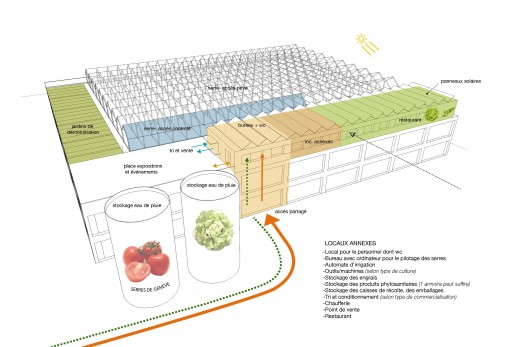
Ce mandat d’étude en cours, accordé par le service d’agriculture du canton de Genève au groupement pluridisciplinaire Agridea, Agroscope Proficrops et VWA, vise à faire une synthèse des différentes expériences de serres sur les toits et à proposer un concept …
+ read more
Les Plaines-du-Loup, Métamorphose
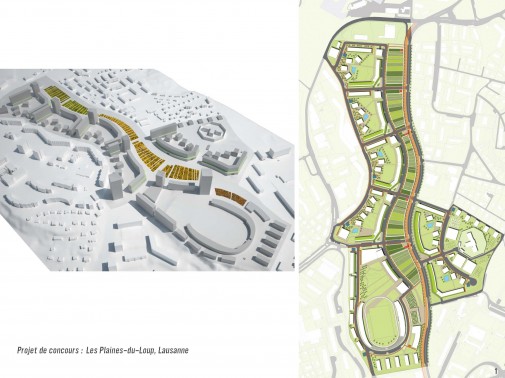
Permettant d’associer la production alimentaire à une démarche urbanistique, le projet de concours VWA pour les Plaines-du-Loup considère l’activité agricole comme un élément qualifiant les espaces libres du quartier et lui conférant une forte identité. Ne cherchant pas à concurrencer …
+ read more
Evergreen Brick Works
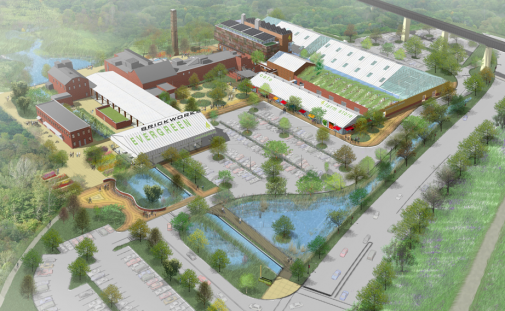
Evergreen Brick Works is a community environmental center for cutting-edge ideas, technologies, and solutions for urban sustainability. In the center of the coplex, many activities related to education, production, and distribution of local food occur daily. Additionally, the community works …
+ read more
Franklin permaculture garden
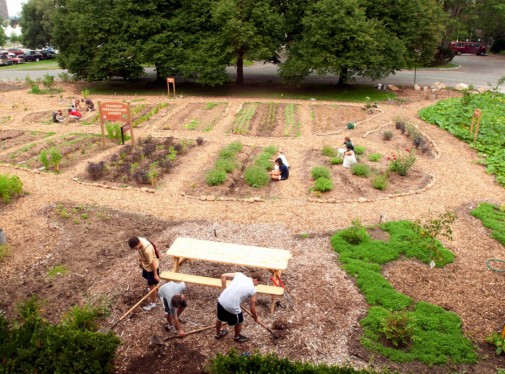
The UMass Permaculture Initiative is a unique sustainability program that converts unproductive grass lawns on campus into ecological, socially responsible, and financially sustainable permaculture landscapes that are easy to replicate. The permaculture garden provides food for the campus dining facilities …
+ read more
Ravine city
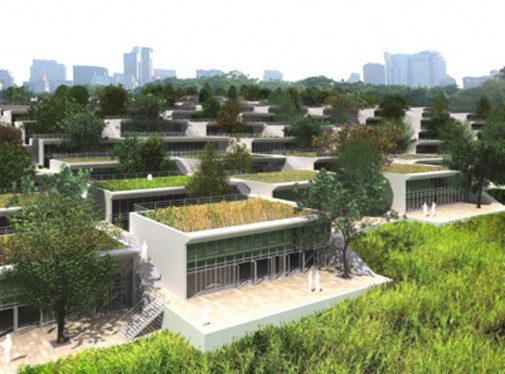
The Toronto Ravine System, running like fingers through the city and housing diverse ecosystems, is Toronto’s defining natural feature. The artificial ravines function much like natural ravines – controlling water flow, cleansing the air as well as creating habitat and …
+ read more
Farview Park, RIVERFIRST Project
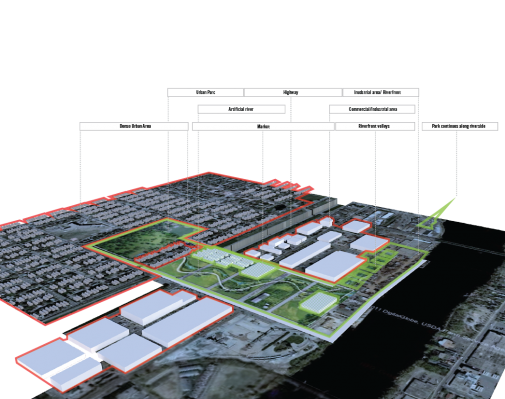
The winning entry for the Minneapolis Riverfront Competition, the RIVERFIRST Project establishes a design framework to address 4 challenges for the 21st century: water, health, mobility and green economy. RIVERFIRST design initiatives function at multiple scales to link larger natural, …
+ read more
Ottawa Greenbelt
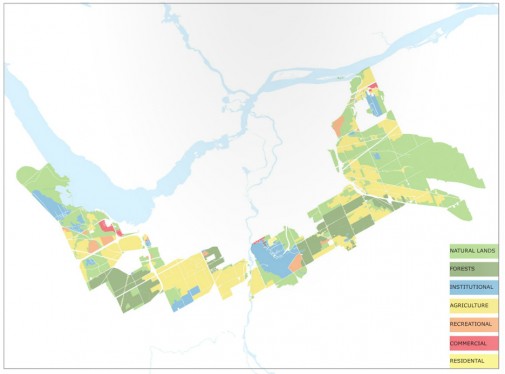
The Ottawa Greenbelt is primarily owned by the National Capital Commission (14,950 acres) along with other public and private agencies. Farming, forestry, research and the airport make up its primary “economic contributions”. Yet recreation, wildlife habitat, open space and ecological …
+ read more


